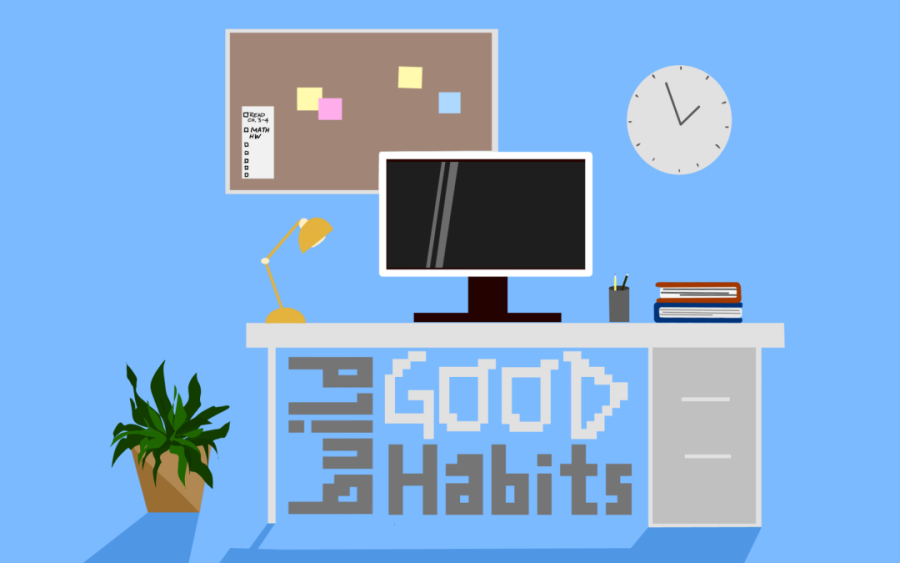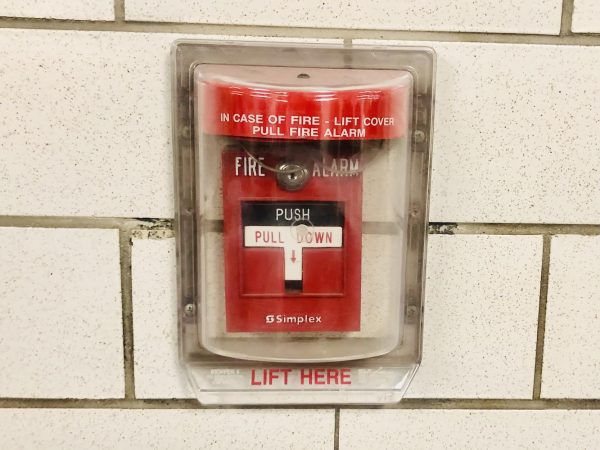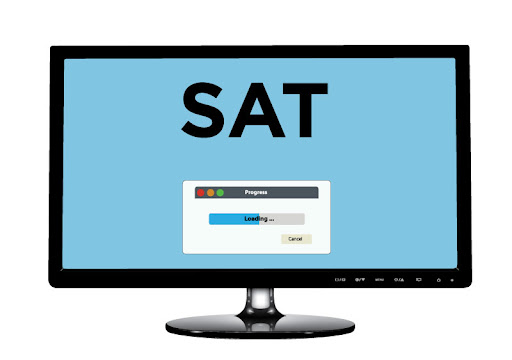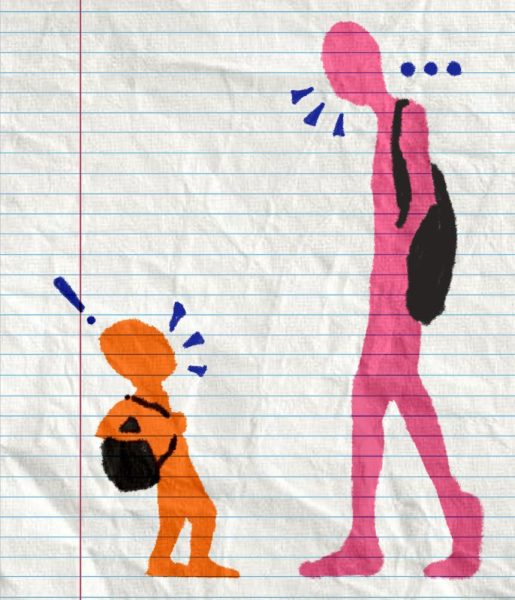New School Year, New Me, New Habits
September 26, 2022
It’s time to say goodbye to staying up past 3 AM and spending the whole day in your bed watching Netflix. With the start of school, many of us hope to create new habits to reach academic, social, or personal goals to better ourselves this year. But how can we eliminate old, unhealthy habits while creating new, valuable ones?
The first step is to recognize the choices you make each day and how some may negatively impact you. Dr. Stephanie Collier, instructor of psychiatry at Harvard Medical School, states that we are motivated by negative habits because they encourage the brain to release dopamine, pushing us to stay positive. We get the satisfaction of being temporarily rewarded by dopamine, influencing us to revert to that bad habit. It’s crucial to understand why we trap ourselves in the cycle of bad habits, so we can start implementing exemplary practices in our lives.
During the summer, my screen time drastically increased, quickly consuming all of my free time. With the start of school, I acknowledged this harmful habit and brainstormed solutions to replace it with a healthier routine. For example, I decided to add a screen limit for commonly used apps on my phone, such as TikTok. This restriction helped me limit my screen time and use my time after school more productively.
The trick to creating new, healthy habits is to follow The Habit Loop, discussed in The Power of Habit by Charles Duhigg, in identifying a cue, a routine, and a reward for your habit.
A cue is likely either a location, a time of day, a person, an emotion, or a preceding action. The signal for my habit of constantly using my phone was an emotional state. At any time of the day when I was feeling bored, I would open my phone and scroll on TikTok. Unfortunately, that one minute of boredom often leads to hours of mindless scrolling. You must establish a new approach to your cue and change your habits. Instead of engaging in that harmful habit, discover another action you can participate in to satisfy that cue.
A routine is made up of several habits that you are accustomed to. I was accustomed to scrolling through TikTok on my phone every day because I always had easy access to my phone regardless of where I was.
A reward is an immediate source of comfort or joy through engaging in that habit. The prize of scrolling on TikTok for me was temporarily curing my feeling of boredom.
How can you apply The Habit Loop to your success in school? School has many different habits that can help, including organization, balance, study methods, socialization, etc.
Time management is essential to get tasks done promptly. These tasks might include homework, chores, extracurricular activities, work, sports, etc. Budgeting time is a healthy habit that can be enforced into your daily routine by using The Habit Loop.
A critical study habit is creating flashcards to memorize vocabulary words and phrases. I kept flashcards by my bed to remind myself to look through them. The cue is the accessible location of the flashcards and my desire to learn these words. The routine was studying the flashcards almost every night, leading up to an exam. The reward was remembering all the vocabulary words and doing well on that test.
Creating healthy habits this school year can help you reach your goals and improve yourself by increasing your self-confidence as you keep up with these habits. These good habits will grow stronger over time and become automatic responses, allowing you to better yourself every day without giving them a second thought.













